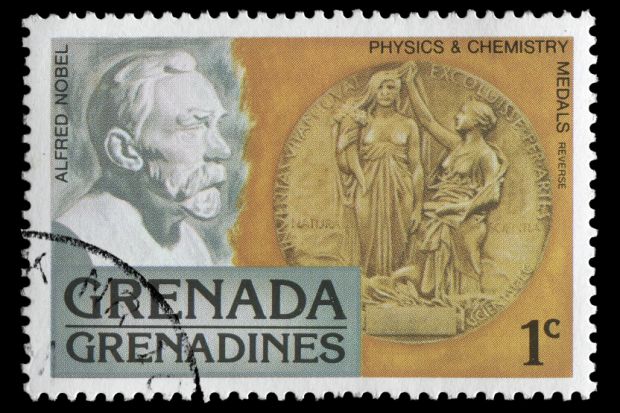This year’s Nobel Prize in physics has been awarded to three men for their work on matter in “strange states”.
David Thouless, Duncan Haldane and Michael Kosterlitz were all born in the UK, but are now based in the United States at the University of Washington, Princeton University and Brown University respectively.
They all used topology – a type of mathematics that looks at step-wise changes in states – to explore strange matter phases such as superconductivity and superfluidity.
“Thanks to their pioneering work, the hunt is now on for new and exotic phases of matter. Many people are hopeful of future applications in both materials science and electronics,” said the Royal Swedish Academy of Sciences, which awards the prizes.
All three scientists studied extremely thin matter, which can be considered either two dimensional or even one dimensional.
In these “flatlands”, as the academy described them, physics is “very different" to what "we recognise in the world around us”.
“New collective phenomena are being continually discovered in these flatlands, and condensed matter physics is now one of the most vibrant fields in physics,” it explained.
Register to continue
Why register?
- Registration is free and only takes a moment
- Once registered, you can read 3 articles a month
- Sign up for our newsletter
Subscribe
Or subscribe for unlimited access to:
- Unlimited access to news, views, insights & reviews
- Digital editions
- Digital access to THE’s university and college rankings analysis
Already registered or a current subscriber? Login





